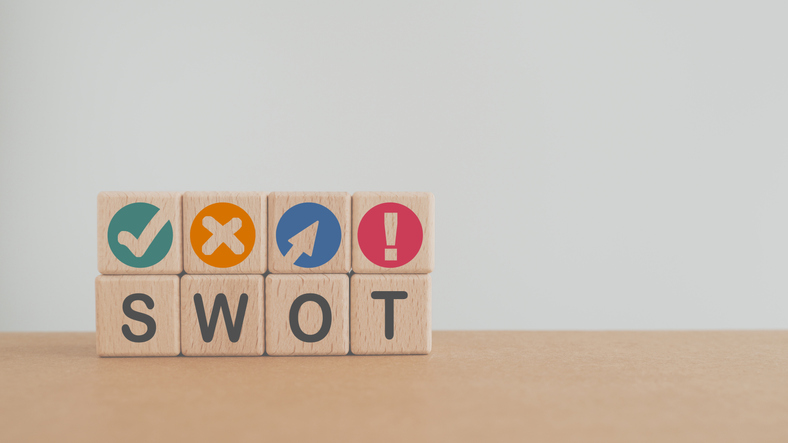“Know thyself.” For centuries, this has been the motto of great leaders. Now, here’s a tool that helps you do just that. It’s a new twist on a SWOT analysis that will help you uncover new insights about yourself. Instead of looking at Strengths, Weaknesses, Opportunities and Threats to your company, look at your Self, your World, Others around you and how you use your Time and Treasure.
In this new SmartBrief on Leadership video, brand leadership keynote speaker Denise Lee Yohn shows you how. You just might be surprised at what you discover about yourself.
Video transcript:
You know how a SWOT analysis can help you understand your business. By identifying the Strengths, Weaknesses, Opportunities and Threats to your company, you can assess the viability and sustainability of your business. Well, what if you had a similar tool that would help you understand yourself? What if there was a framework that could give you the perspectives you need to thrive as a person?
Well, I’ve come up with a different kind of SWOT just for that purpose. This SWOT uses an unusual approach to help you uncover insights about different areas of your life. Armed with this thorough analysis, you will be in a better position to identify changes you should make, so that you live the life you want and achieve your goals.
The S in this SWOT stands for Self – that is, you must start with an assessment about yourself as you currently are. I encourage you to use several tools – including the Myers-Briggs Type Indicator, Clifton Strengthsfinder, and Patrick Lencioni’s new Working Genius Assessment – to identify your personal points of strength and points for development on a range of dimensions. You want to understand your natural talents and areas for growth, what drives you, how you learn and make decisions, and the types of relationships and work that best suit you.
W stands for World – that is, what’s going on in the world around you. Look at how you are being influenced by social, economic, political and cultural trends. An easy way to do this is to review a few news and trends reports like the Harris Poll’s research report “The American Consumer” or the Pew Center’s Briefings and note three observations: 1. What are five to ten top recent developments in your world; 2. How much does each development impact you; and 3. How do those developments that impact you the most cause you to think, feel and act.
The next letter in the SWOT is O – that stands for Others. Take stock of the other people in your life and the quality of your relationships with them. You can either use a standardized tool on your key relationships, such as the Relationship Assessment Scale or simply list the main people in your life and determine how satisfied you are with your relationships with them and why. Consider dimensions such as communication, trust, intimacy and values alignment.
And finally, the T. There are actually two T’s — Time and Treasure. It’s been said that you can tell a person’s priorities by looking at their calendar and their checkbook. So, do an audit of the hours in your last week — what activities did you spend the most time on? The least time? And do the same kind of audit on what you spent money on in the last month. Make a note of what stands out and what these audits reveal about your priorities.
So, that’s your personal SWOT — self, world, others and time and treasure. Each category of this SWOT helps you understand yourself from a different perspective. And the better you know yourself, the more you can grow and change.
Opinions expressed by SmartBrief contributors are their own.
____________________________________
Take advantage of SmartBrief’s FREE email newsletters on leadership and business transformation, among the company’s more than 250 industry-focused newsletters.
